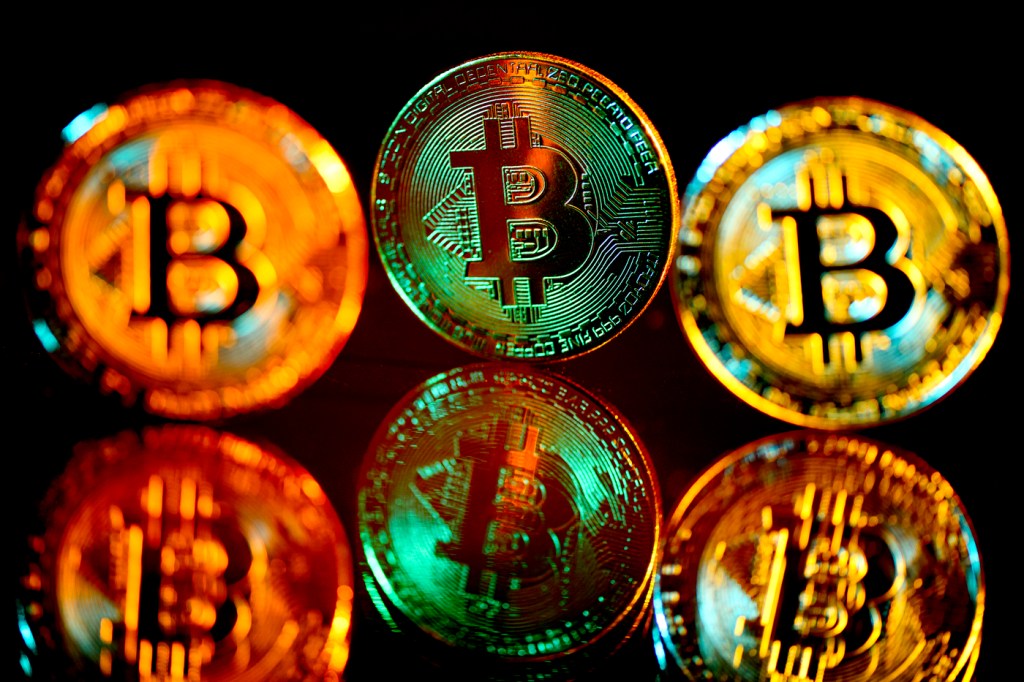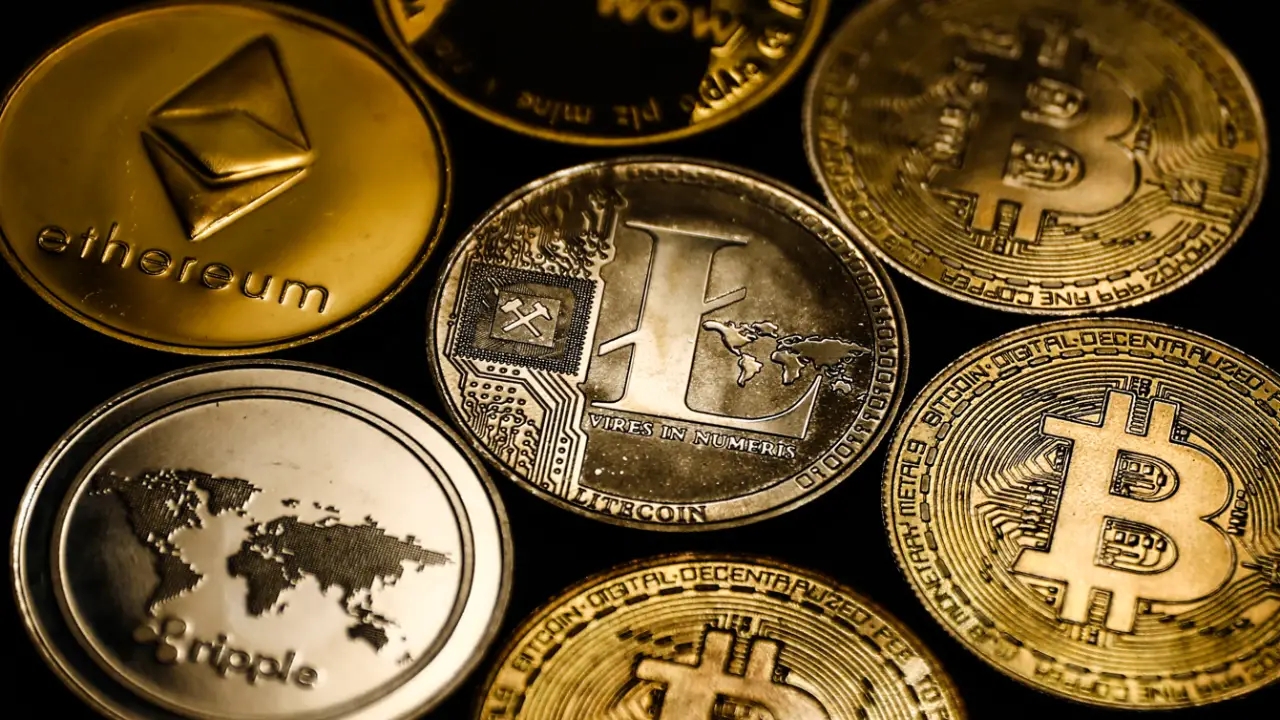
The United Arab Emirates (UAE), known for its forward-thinking approach to technology and finance, is rapidly emerging as a global hub for cryptocurrency and blockchain innovation. With its strategic vision to become a leader in digital finance, the UAE has introduced various initiatives to integrate blockchain into its economy. One of the most groundbreaking steps in this direction is the development of a UAE stablecoin, a digital currency designed to stabilize the often volatile crypto market while offering a trusted digital alternative to fiat currency.
This blog explores how the UAE’s stablecoin initiative is reshaping the future of finance, the economic potential it unlocks, and its implications for the broader global financial system.
The Rise of Stablecoins: A Solution to Volatility
Cryptocurrencies like Bitcoin and Ethereum have gained immense popularity in recent years, but their price volatility has remained a significant barrier to wider adoption. This volatility makes it difficult for businesses and consumers to use cryptocurrencies as a reliable medium of exchange. Enter stablecoins, a type of cryptocurrency designed to maintain a stable value by pegging it to a reserve asset, such as a fiat currency like the US dollar, or other commodities like gold.

The appeal of stablecoins lies in their ability to combine the benefits of blockchain technology—speed, security, and transparency—with the stability of traditional financial systems. This balance makes them attractive for everything from remittances to digital payments and decentralized finance (DeFi) applications.
UAE’s Stablecoin: The Next Frontier in Digital Finance

As part of its ambitious efforts to lead the global digital transformation, the UAE is developing its own stablecoin. This initiative reflects the country’s commitment to blockchain integration, digital payments, and financial innovation. By launching a stablecoin, the UAE aims to create a reliable, government-backed digital currency that will facilitate seamless cross-border transactions, reduce financial friction, and support the country’s vision of becoming a cashless society.
- Facilitating Cross-Border Payments
The UAE is a major hub for international trade and finance, with millions of expatriates sending remittances back to their home countries. A stablecoin pegged to the UAE dirham (AED) or another stable asset could simplify cross-border transactions by offering lower fees and faster settlement times compared to traditional banking systems. The use of a stablecoin could eliminate the need for intermediaries, reducing transaction costs and making remittances more efficient for millions of workers. - Supporting Financial Inclusion
Stablecoins have the potential to improve financial inclusion by giving unbanked populations access to digital financial services. In the UAE and surrounding regions, many individuals still lack access to traditional banking infrastructure. A government-backed stablecoin could enable these underserved communities to participate in the digital economy, using their smartphones to store, send, and receive funds securely. - Enhancing the UAE’s Role in DeFi
Decentralized finance (DeFi) is revolutionizing the global financial landscape by allowing users to access financial services—such as lending, borrowing, and trading—without relying on traditional banks. A stablecoin introduced by the UAE government would provide a trusted and stable foundation for DeFi applications, further enhancing the country’s position as a leader in the DeFi space.
Regulation and Trust: Key Pillars of the UAE Stablecoin

One of the key factors in the success of any stablecoin is the regulatory environment in which it operates. The UAE has taken a proactive approach to developing a robust regulatory framework for cryptocurrencies and blockchain technology. In 2020, the Abu Dhabi Global Market (ADGM) and the Dubai Financial Services Authority (DFSA) issued comprehensive guidelines for crypto asset regulation, fostering a safe and transparent environment for digital currencies.
- Government-Backed Confidence
Unlike many privately-issued stablecoins, the UAE’s stablecoin will likely be backed by the government or central bank, providing an additional layer of trust and credibility. By leveraging its strong regulatory framework, the UAE can create a stablecoin that inspires confidence among users and ensures compliance with international financial standards. - Ensuring Transparency and Security
Blockchain technology’s inherent transparency allows for real-time tracking of transactions, offering an unprecedented level of security and accountability. The UAE’s stablecoin will likely incorporate these features, providing users with the assurance that their transactions are secure, traceable, and compliant with anti-money laundering (AML) and know-your-customer (KYC) regulations. - Maintaining Stability in a Volatile Market
The UAE’s stablecoin will be designed to maintain a stable value, reducing the risk of sudden fluctuations that are common with other cryptocurrencies. This stability will be particularly beneficial for businesses that want to accept digital payments but are wary of price volatility. By pegging the stablecoin to a trusted asset, the UAE can foster greater confidence among businesses and consumers.
Economic Impact: Unlocking New Opportunities

The launch of a UAE stablecoin could have far-reaching economic impacts, both domestically and globally. Some of the potential benefits include:
- Strengthening the UAE’s Position as a Fintech Hub
The UAE has already positioned itself as a leader in fintech innovation, with Dubai and Abu Dhabi serving as key centers for blockchain and crypto development. By introducing a stablecoin, the UAE can attract more fintech startups, investors, and entrepreneurs to its shores, further cementing its status as a global fintech hub. - Reducing Reliance on Traditional Banking
A stablecoin could reduce the reliance on traditional banking systems for both individuals and businesses. This shift would foster greater efficiency in financial transactions, as digital payments through stablecoins can be settled faster and at a lower cost. The UAE’s stablecoin could also pave the way for a more decentralized financial ecosystem, enabling peer-to-peer transactions and reducing intermediaries. - Boosting Trade and Investment
The stablecoin could also enhance the UAE’s trade relations by making cross-border transactions more efficient and transparent. International businesses may be more inclined to invest in or trade with the UAE if they can rely on a stable and secure digital currency for transactions. This, in turn, could lead to increased foreign direct investment (FDI) and stimulate economic growth.
Challenges and Considerations
While the potential benefits of a UAE stablecoin are clear, several challenges need to be addressed for it to succeed:
- Global Acceptance and Integration
For the stablecoin to achieve widespread adoption, it will need to be integrated into existing global financial systems. This may require collaboration with international regulators, financial institutions, and technology platforms to ensure interoperability and compliance with global standards. - Managing Supply and Demand
Maintaining the peg of a stablecoin requires careful management of supply and demand. The UAE’s central bank or regulatory authority will need to ensure that the stablecoin remains backed by sufficient reserves, while also managing liquidity to prevent market disruptions. - Cybersecurity and Fraud Prevention
As with any digital currency, cybersecurity will be a top priority. The UAE will need to implement strong security protocols to protect the stablecoin from hacking, fraud, and other cyber threats. Ongoing efforts to bolster blockchain security and fraud prevention will be essential to building trust in the stablecoin.
Conclusion: The UAE’s Bold Step Toward the Future of Finance

By launching its own stablecoin, the UAE is positioning itself at the forefront of digital finance innovation. The introduction of a government-backed digital currency could revolutionize cross-border payments, improve financial inclusion, and support the growth of decentralized finance. Moreover, by establishing a secure and stable digital currency, the UAE will strengthen its role as a global leader in blockchain technology and fintech.
While challenges remain, the UAE’s stablecoin initiative is a bold step toward stabilizing the often volatile cryptocurrency landscape and creating new opportunities for economic growth and financial innovation. The success of this groundbreaking stablecoin could very well shape the future of digital finance, not only in the UAE but across the globe.

